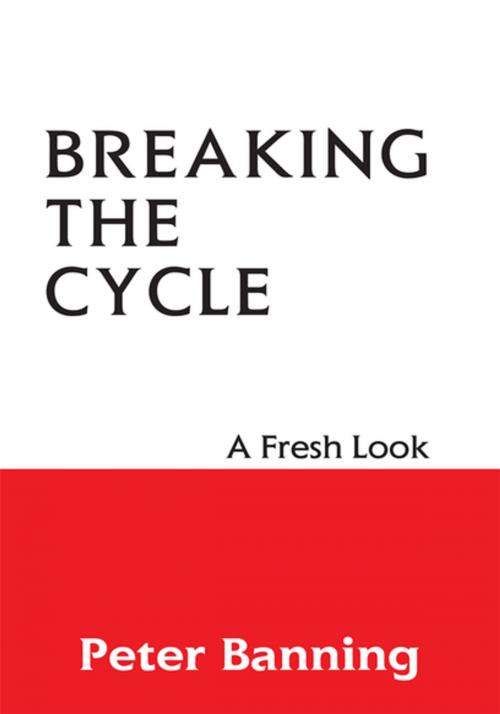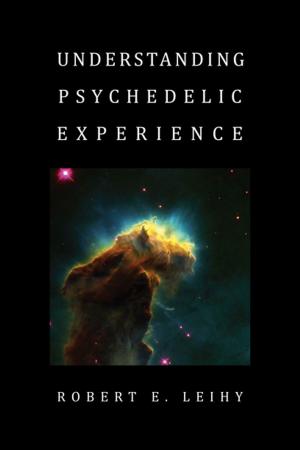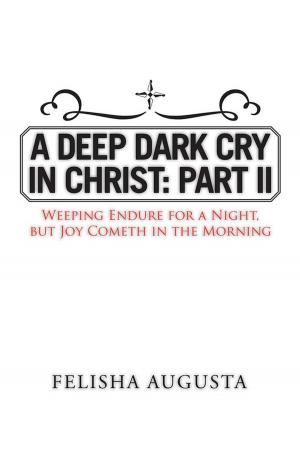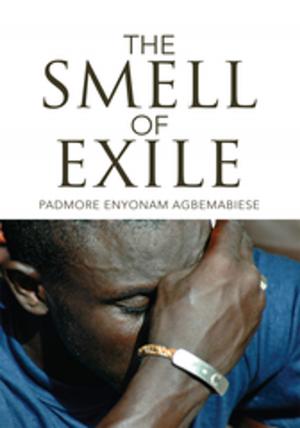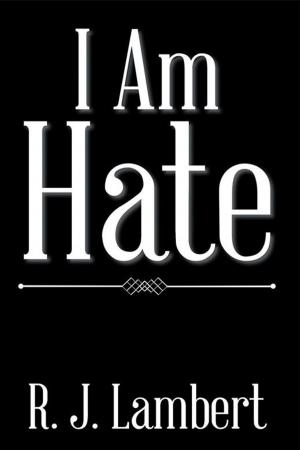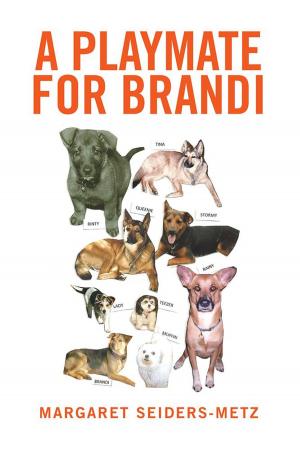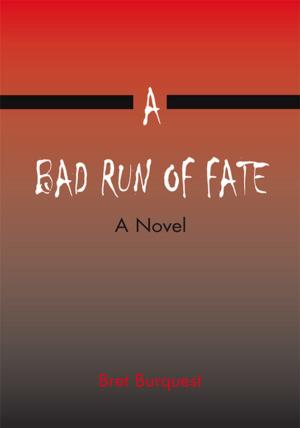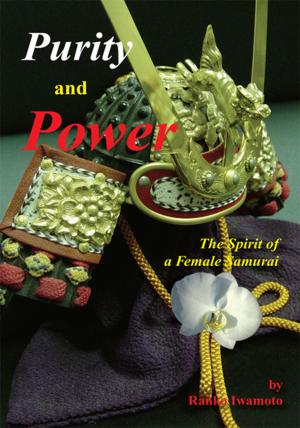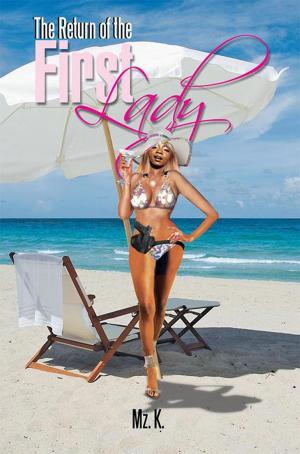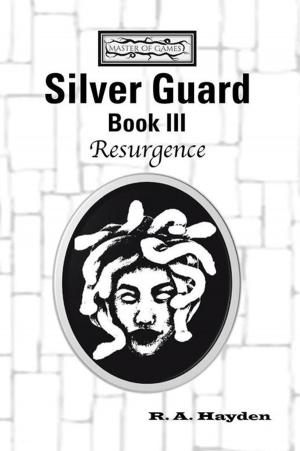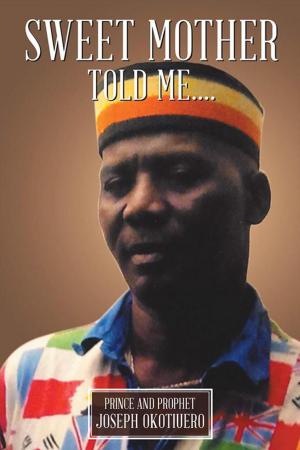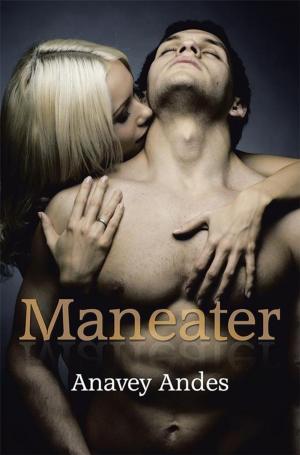| Author: | Peter Banning | ISBN: | 9781469111278 |
| Publisher: | Xlibris US | Publication: | September 1, 2000 |
| Imprint: | Xlibris US | Language: | English |
| Author: | Peter Banning |
| ISBN: | 9781469111278 |
| Publisher: | Xlibris US |
| Publication: | September 1, 2000 |
| Imprint: | Xlibris US |
| Language: | English |
This book presents a fresh look at stopping the cycle of child molestation by attacking the source, the child molester, instead of trying to deal with the end product of abuse, the victim/survivor.
The book is broken into two parts. Chapters 1 through 4 address the issues of the child molestor and what can be done to stop the molestor's cycle of abusing children. Chapters 5 through 8 are to help those who are dealing with either the offender or the survivor of the child sexual abuse. Parents of sexually abused children may find the answers they are seeking. Spouses of offenders may come to understand a part of their offending spouse that has been a dark mystery.
Various victims of sexual abuse should find this book of interest. It deals with the offenders of sexual abuse and what can and should be done to stop them. This is done by exposing the faulty logic used by offenders. It attacks their basic personality, life style, and erroneous thought processes. There is no attempt to justify the behavior of the child offender.
There is no softening of the effect of the abusers' past behavior. It exposes the make-up of the offender and suggests a path of recovery from this dysfunctional behavior. This approach opens a door long closed to look beyond the therapeutic treatment of child molesters to reveal what works and what does not and why. The hope is to develop answers for the generic question many victims ask - "WHY?", as well as answer the specific question - "WHY ME?"
Although a lot of research has been done on this subject, this book is not one of theory but of experiences. It relates to the therapeutic experience with examples. This should not be considered a 'How-to' book but more a guide for those wanting to recover. This book also addresses the concerns of those close to the offender.
If you have been thrown into having to deal with child sexual abuse, you will find answers to many of your questions. What you can or should expect from the legal system, from therapy, from social welfare department is discussed. It addresses such questions as "Why didn't I see it?" or "How could they!?!" in a light seldom revealed.
Some questions as "Will I ever be 'normal'?" or "Will anyone ever be able to love me for who I really am?" are on the minds of offenders and victims. Some of these answers lie within this book.
A very fundamental area facing the issue and treatment of sexual abuse is gender. Historically, the male is the stereotypical abuser and the female is the stereotypical victim. This is one of the many myths of childhood sexual abuse. Female child molestors make up almost 40% of the child molesting population. For every two girls sexually abused slightly more than one boy is abused. While the book was written with stereotypical male offender in mind, it can be used by female child molestors and male victims.
This book tries to address the gender problem by avoiding gender terms unless appropriate. Avoiding gender terms is not possible without some redefinition of the use of pronouns. The only non-gender singular possessive pronoun is its. This is also a non-human possessive term and inappropriate in describing the issues of already wounded individuals.
The non-gender pronouns used throughout this book are they, them, their which are normally used as plural forms. In this book, these terms are used as non-gender singular as well as non-gender plural forms. While this is not proper usage, the narrative is easier to read than if the alternate forms of s/he or he/she or his/hers were used. There is no easy solution to this problem.
Examples and experiences used to demonstrate a point may be a composite of experiences from various victims and offenders. The names used have been changed unless permission was granted otherwise. Gender terms used in the examples are correct.
Abstr
This book presents a fresh look at stopping the cycle of child molestation by attacking the source, the child molester, instead of trying to deal with the end product of abuse, the victim/survivor.
The book is broken into two parts. Chapters 1 through 4 address the issues of the child molestor and what can be done to stop the molestor's cycle of abusing children. Chapters 5 through 8 are to help those who are dealing with either the offender or the survivor of the child sexual abuse. Parents of sexually abused children may find the answers they are seeking. Spouses of offenders may come to understand a part of their offending spouse that has been a dark mystery.
Various victims of sexual abuse should find this book of interest. It deals with the offenders of sexual abuse and what can and should be done to stop them. This is done by exposing the faulty logic used by offenders. It attacks their basic personality, life style, and erroneous thought processes. There is no attempt to justify the behavior of the child offender.
There is no softening of the effect of the abusers' past behavior. It exposes the make-up of the offender and suggests a path of recovery from this dysfunctional behavior. This approach opens a door long closed to look beyond the therapeutic treatment of child molesters to reveal what works and what does not and why. The hope is to develop answers for the generic question many victims ask - "WHY?", as well as answer the specific question - "WHY ME?"
Although a lot of research has been done on this subject, this book is not one of theory but of experiences. It relates to the therapeutic experience with examples. This should not be considered a 'How-to' book but more a guide for those wanting to recover. This book also addresses the concerns of those close to the offender.
If you have been thrown into having to deal with child sexual abuse, you will find answers to many of your questions. What you can or should expect from the legal system, from therapy, from social welfare department is discussed. It addresses such questions as "Why didn't I see it?" or "How could they!?!" in a light seldom revealed.
Some questions as "Will I ever be 'normal'?" or "Will anyone ever be able to love me for who I really am?" are on the minds of offenders and victims. Some of these answers lie within this book.
A very fundamental area facing the issue and treatment of sexual abuse is gender. Historically, the male is the stereotypical abuser and the female is the stereotypical victim. This is one of the many myths of childhood sexual abuse. Female child molestors make up almost 40% of the child molesting population. For every two girls sexually abused slightly more than one boy is abused. While the book was written with stereotypical male offender in mind, it can be used by female child molestors and male victims.
This book tries to address the gender problem by avoiding gender terms unless appropriate. Avoiding gender terms is not possible without some redefinition of the use of pronouns. The only non-gender singular possessive pronoun is its. This is also a non-human possessive term and inappropriate in describing the issues of already wounded individuals.
The non-gender pronouns used throughout this book are they, them, their which are normally used as plural forms. In this book, these terms are used as non-gender singular as well as non-gender plural forms. While this is not proper usage, the narrative is easier to read than if the alternate forms of s/he or he/she or his/hers were used. There is no easy solution to this problem.
Examples and experiences used to demonstrate a point may be a composite of experiences from various victims and offenders. The names used have been changed unless permission was granted otherwise. Gender terms used in the examples are correct.
Abstr
